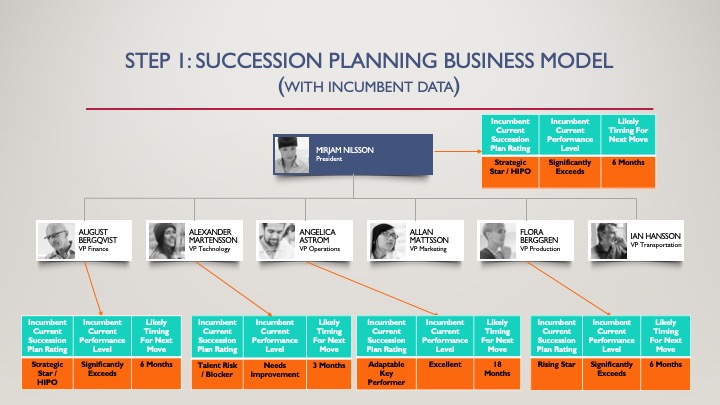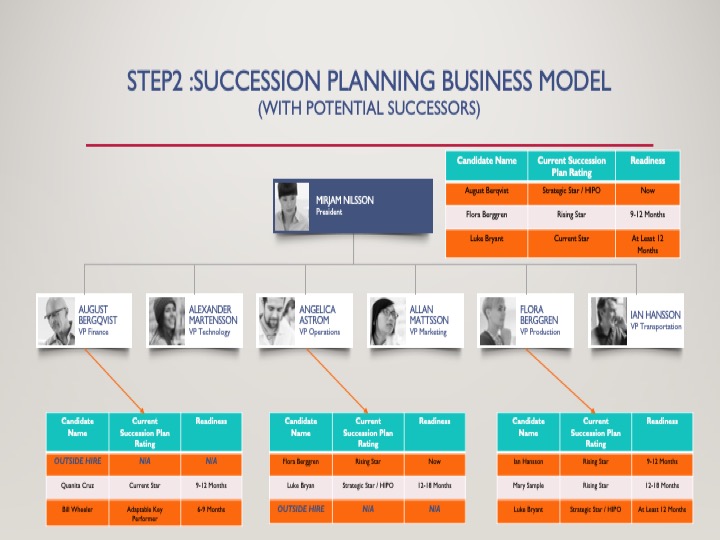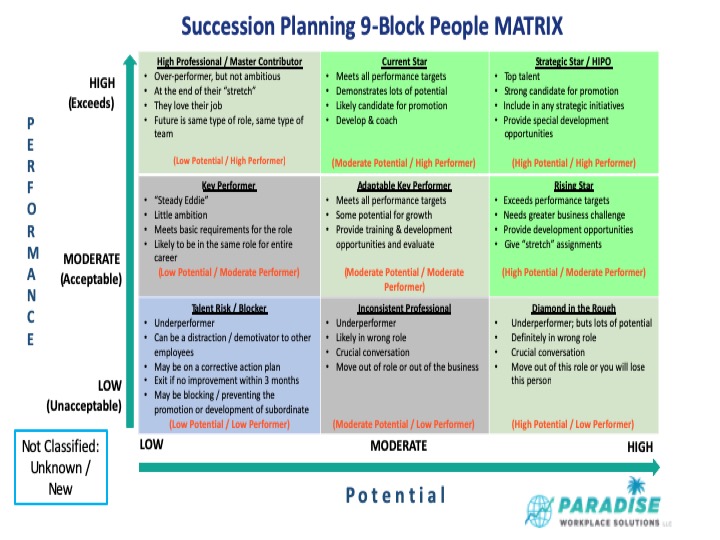I was exercising the other day and listening to Chris Rock being interviewed on SiriusXM’s What a Joke. I love Chris. He’s funny, real and unabashedly honest. He challenges himself but he’s also like everyone else. He gets writer’s block.
He made a comment that tingled my senses. He said, “If you aren’t reading, you aren’t writing.” The more you do to challenge yourself intellectually, the easier it is to create. He went on to explain that anytime you have a writer’s block it’s because you haven’t been reading enough. Hmm…that intrigued me especially since I’m an avid book lover. Any excuse to read brings me joy.
I’m not a psychologist but I started to think about what people do when they feel stuck and unable to move forward. There are two main options, complain and do nothing or do something. The “do something” can be destructive or constructive. I choose to take constructive action. Here are some easy ways to break out of a funk.
- Read an article or book on the topic. Whenever I have to do something I’ve never done before I look up the subject online or go to the library (yes, they still exist) to learn more about it.
- Watch a video or show on the topic. I’m not a fan of videos. For some reason I don’t learn as quickly or as much from a video as I do from reading. But many others are huge fans of learning through videos. Choose what you enjoy.
- Listen to a podcast. I listen to podcasts and music when I’m driving or exercising. Those are the times I’m most creative at solving issues that are on my mind.
- Talk to others. Reach out to someone who has done what you’re trying to do. People are usually flattered to be asked how they accomplished something. If you don’t know anyone who does what you’re trying to do, then ask people if they know someone and can connect you.
When I started my business three years ago, I knew nothing of being a small business owner. I spent days at the library, going to in-person lectures for small business owners, signed up for a SCORE mentor to get advice from seasoned professionals and I read. I read so much my mind was exploding with creative ideas. There were many times I felt overwhelmed with my lack of knowledge. That’s when I reached out to others who were successful business owners for their advice. They gave it and I moved forward.
Don’t let a slump, fear or lack of motivation stop you. Fight through it with knowledge in any form you prefer to get the inspiration that is all around you.
Thank you, Chris Rock, for inspiring me and being the ultimate professional that you are.
Susan O’Connor is an internal communications expert and executive coach with experience working in various industries including pharmaceuticals, specialty chemicals and manufacturing. She currently leads Paradise Workplace Solutions where she helps businesses create or improve their communications to employees. She enjoys seeing her clients reach their goals, improve their business environment and lead rich and rewarding lives.












